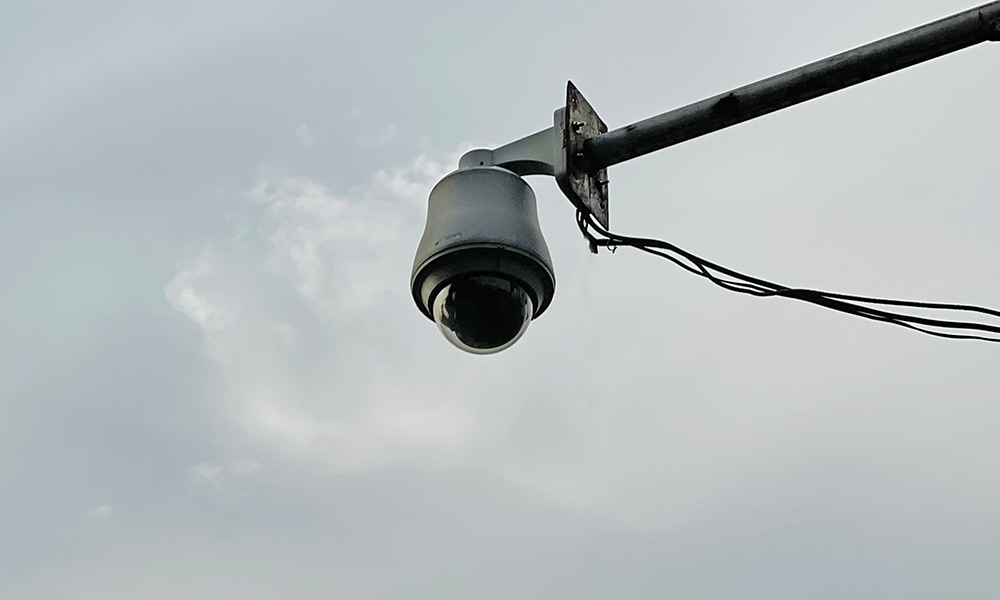
The Supreme Court just ordered all No Contact Apprehension Program (NCAP) schemes put on hold, following the filing of petitions against the program. I will not get into the meat of the petitions and the arguments—I am not well-equipped to discuss nor divine why the Court acted this way (to the exception of all other times it throws out petitions that bypass lower courts).
However, for those with an interest in road safety, it is sad to see NCAP put on total and indefinite hold. While the Supreme Court scheduled oral arguments in January 2023, it’s not clear when NCAP will be put back in effect and under what conditions. For all of NCAP’s flaws, it did represent a step forward, however imperfect, in terms of our enforcement of traffic laws.
In the few months it was widely implemented in some of NCR’s biggest cities, NCAP did bring benefits that some would say were unfairly ignored in the debate. I’ll discuss some of those in this article, as well as proposals for remedying NCAP’s main deficiencies, which would be critical to restarting the program.
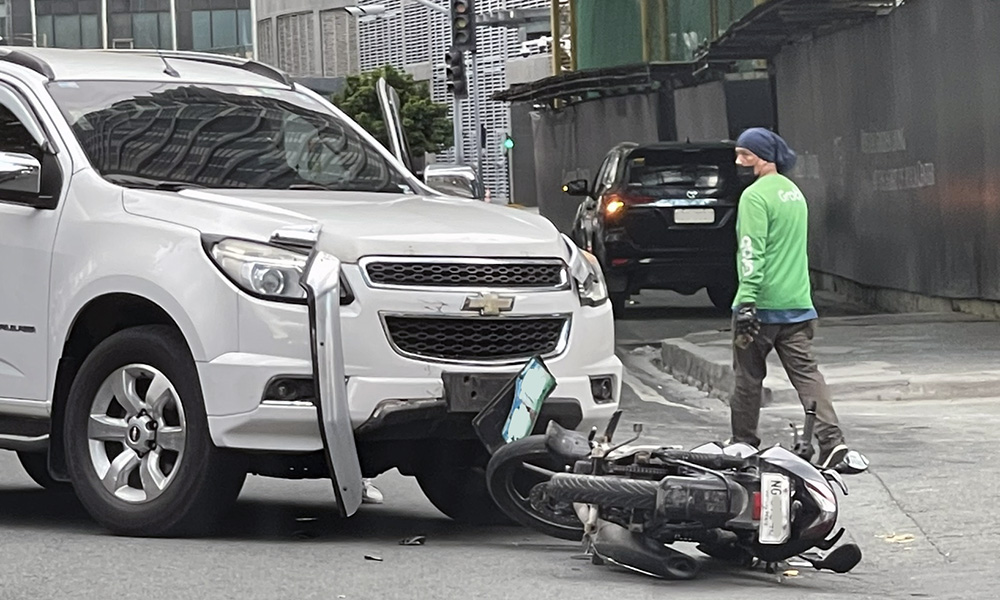
NCAP encourages disciplined driving
Before NCAP, drivers were certain they would not be punished for violating rules if there was no law enforcer in sight. With NCAP active, there was now a non-zero certainty that you would be caught breaking a rule even if there wasn’t a human enforcer stationed where you happened to be. Going from zero to non-zero in the certainty of law enforcement is always something to celebrate.
The evidence bears it out—as of this writing, the cities of Manila and Quezon City mentioned that NCAP reduced their road accidents. All over the world, traffic cameras running NCAP show a decrease in road crashes, which comes from safer, law-abiding traffic behavior. There’s no reason to think that wouldn’t be the case here if we implement NCAP properly. So, that also means lives are at stake every day if we don’t put NCAP back in place.
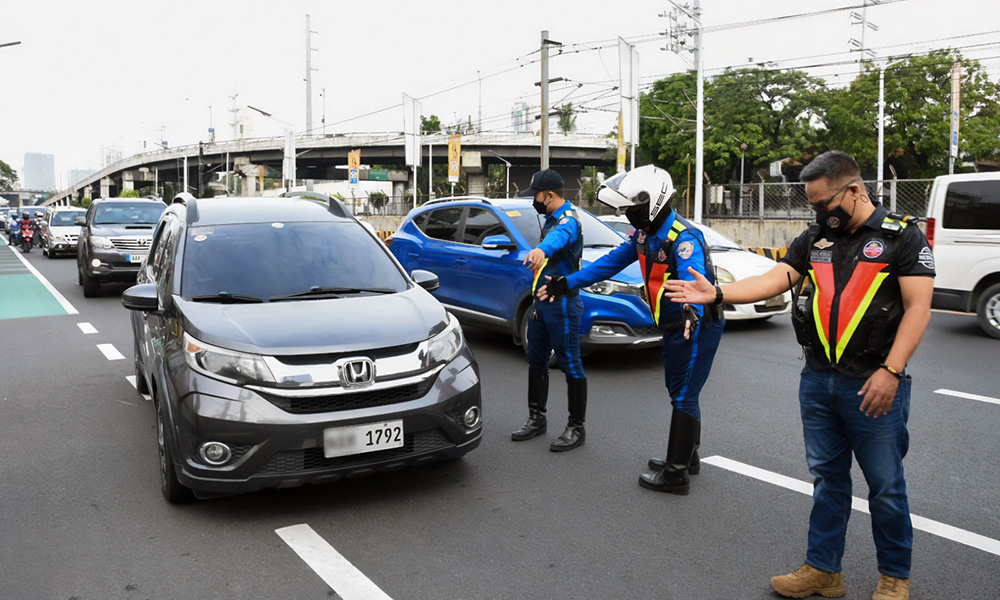
NCAP reduces violator-side corruption
One of the more bizarre things I’ve heard thrown against NCAP is that it represents “wholesale corruption” by the government, and the fines are there to just line the pockets of greedy officials.
FYI, that’s not what “corruption” means, and that’s not how the fines work. But when traffic offenders attempt to bribe enforcers or intimidate them with bluster and name-drops to get out of their tickets, isn’t that corruption, too?
Think “Di mo ba kilala kung sino ako?” NCAP doesn’t give guys like that a chance to be bullies. And let’s be honest: While extortion by enforcers gets a lot of attention, part of why bribery exists is because there are too many people willing to bribe their way out of accountability. NCAP actually gets rid of this form of corruption, and makes sure that these people get what they deserve.
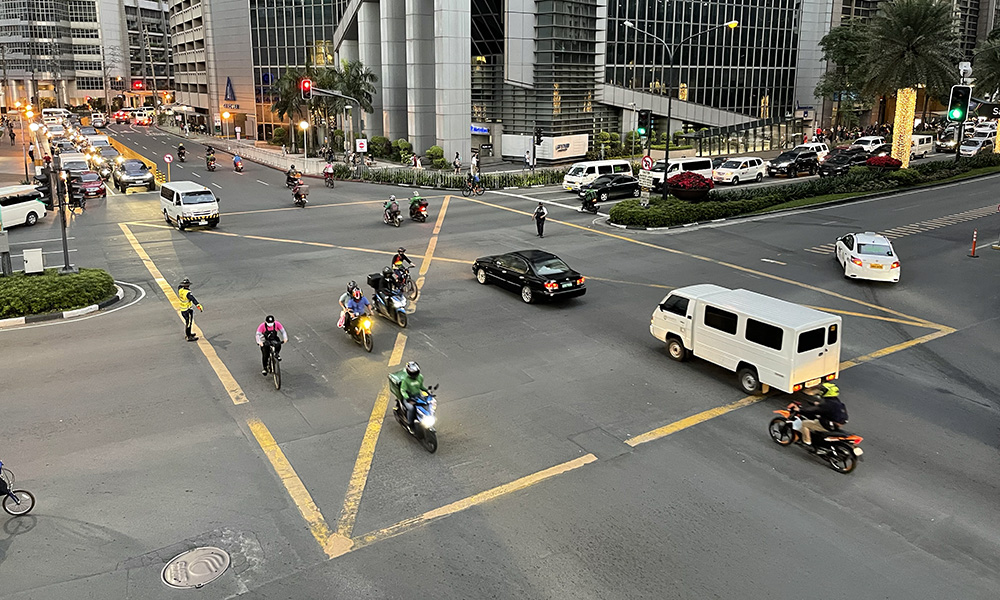
NCAP protects the health of government personnel
Government agencies like MMDA and LGUs obviously stand to save money from NCAP by having to deploy fewer traffic enforcers, but it also makes traffic enforcement safer. Traffic enforcers have a hard job when they have to stand in place watching for violations. They have to be out in the sun, rain, heat, and smog, which is not only stressful, but it is downright unhealthy at many smoke-filled intersections—to say nothing about the danger of being hit by a homicidal driver.
Just think about this: If that’s not a job you would want for your parents, you shouldn’t wish it on anyone else. And indeed, with NCAP, we can give traffic enforcers less hazardous roles, such as being moving patrols that respond quickly to road crashes.
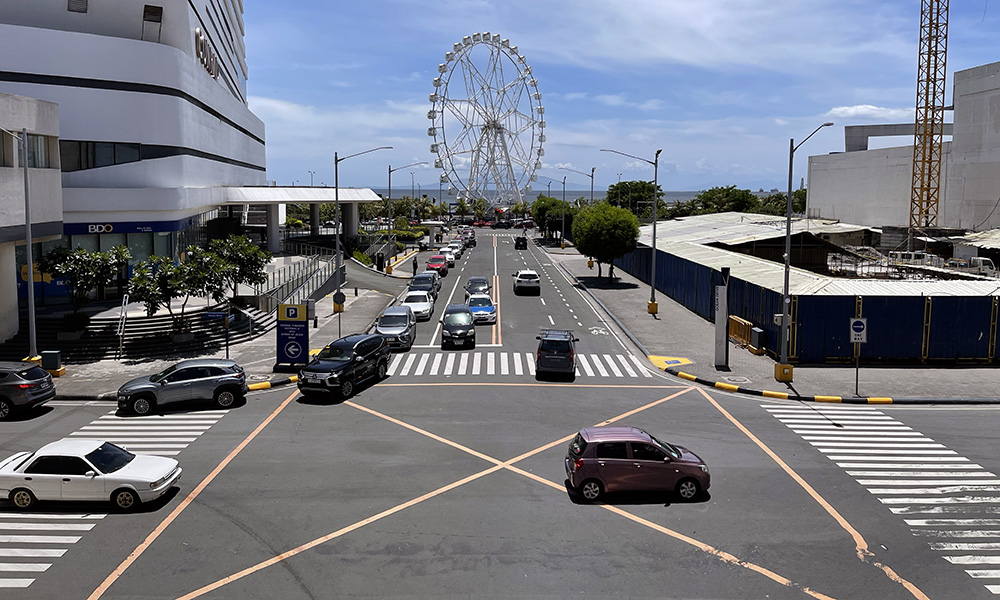
What to do about NCAP?
While I would like this issue to be resolved quickly by the Supreme Court, we can’t exactly rush the Court’s wisdom. In the meantime, we need a road map for fixing NCAP’s most immediate issues so that we can reimplement it and derive its benefits straight away. I propose two main courses of action:
1. Allow people to start the dispute process online. If the complaint has merit, then let it proceed to in-person adjudication, or even better, allow the fines to be reversed immediately if the case looks strong. May as well make that part of the process no-contact, too, right?
2. Focus on violations where cameras can provide solid evidence, such as speeding, illegal parking, and violating bike lanes and pedestrian lanes.
As a parting note, it’s worth saying that many of the technical issues could have probably been solved without having to take the case to court. In fact, if there was leadership from supra-LGU policymakers in acknowledging and resolving these issues, maybe no one would have sued in the first place, or the court would not have seen urgency to rule this way.
Now is not the time for those at the top to take a break. Perhaps if they act decisively, they might persuade the court to set a deadline—but they need to act fast.

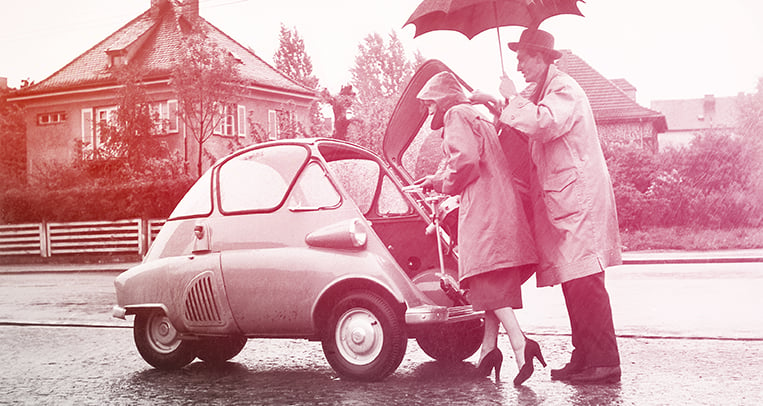
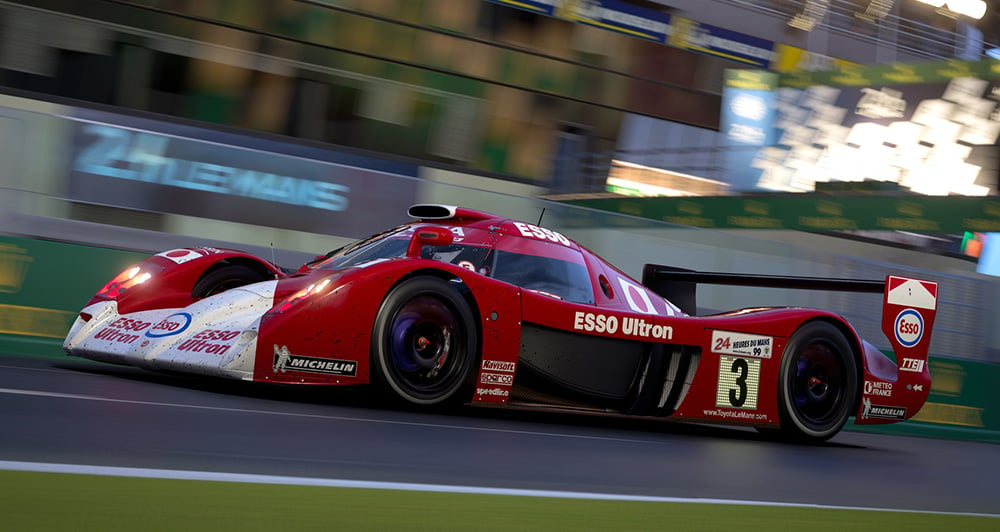
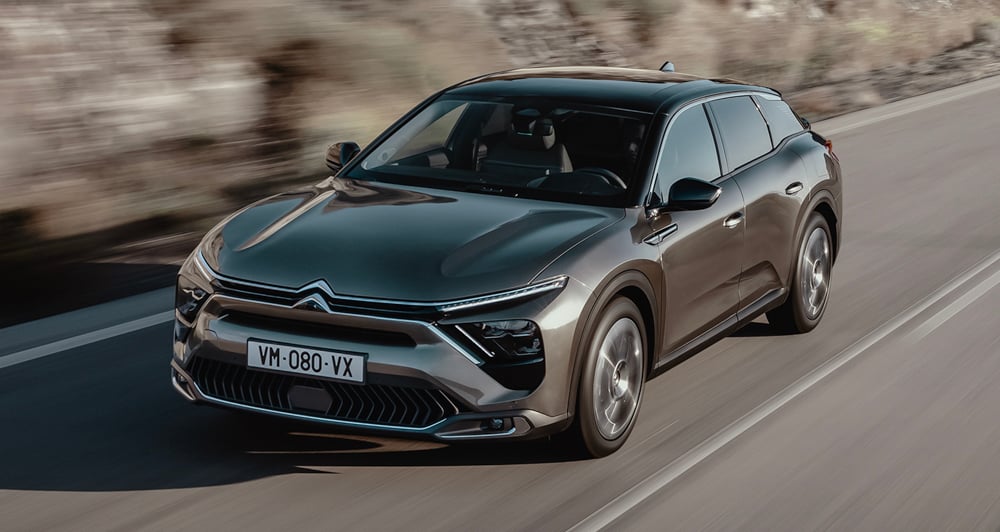
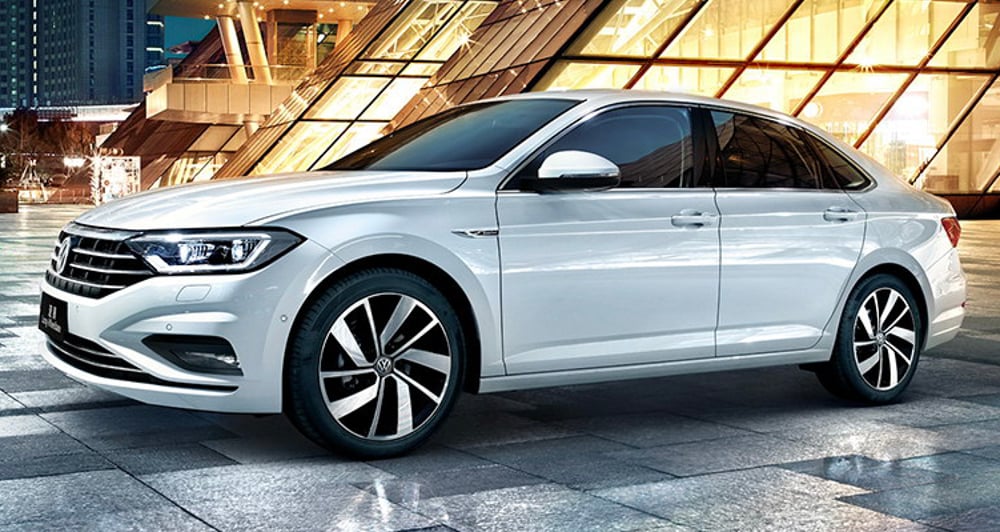
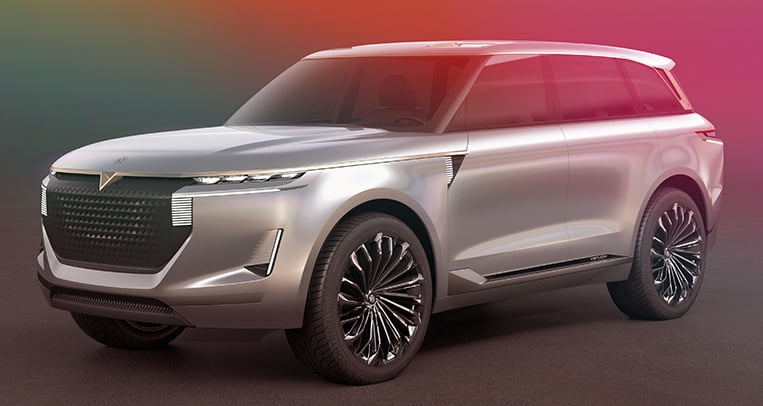
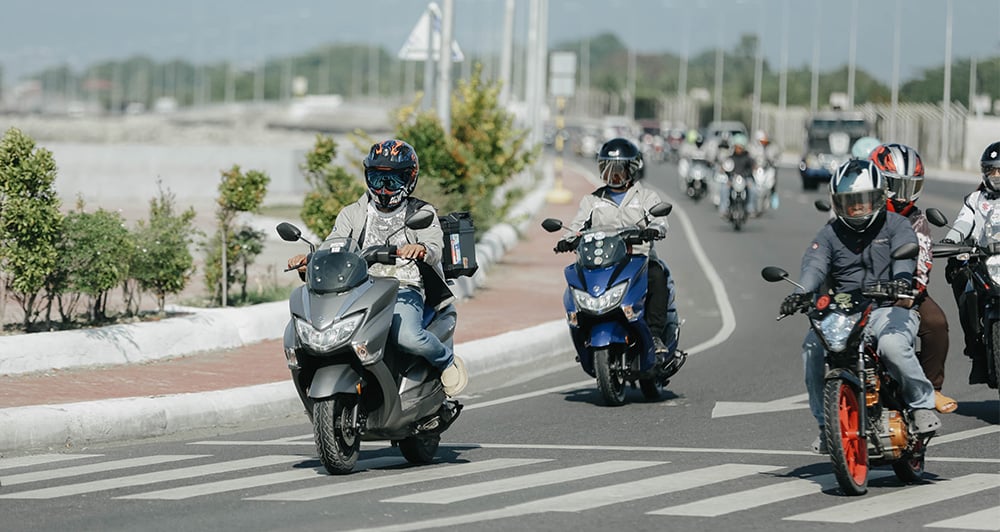

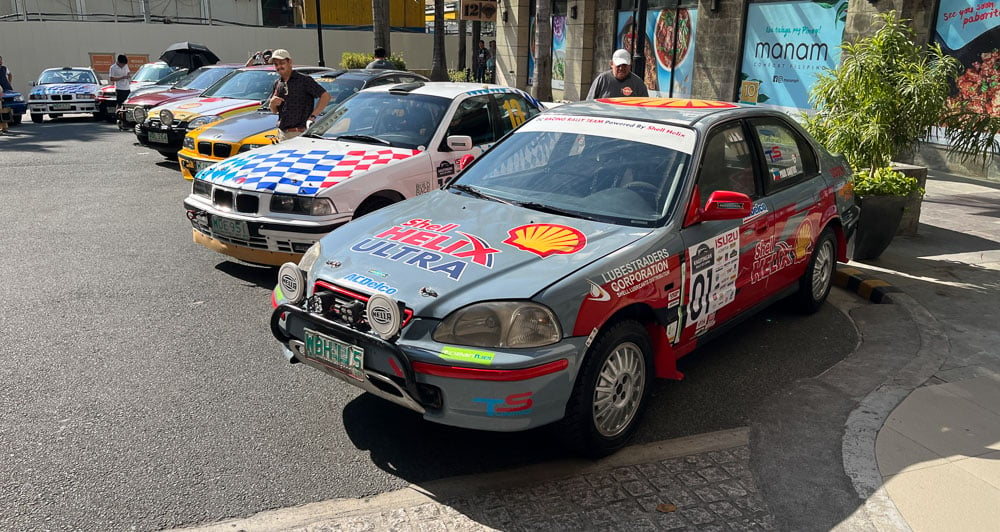
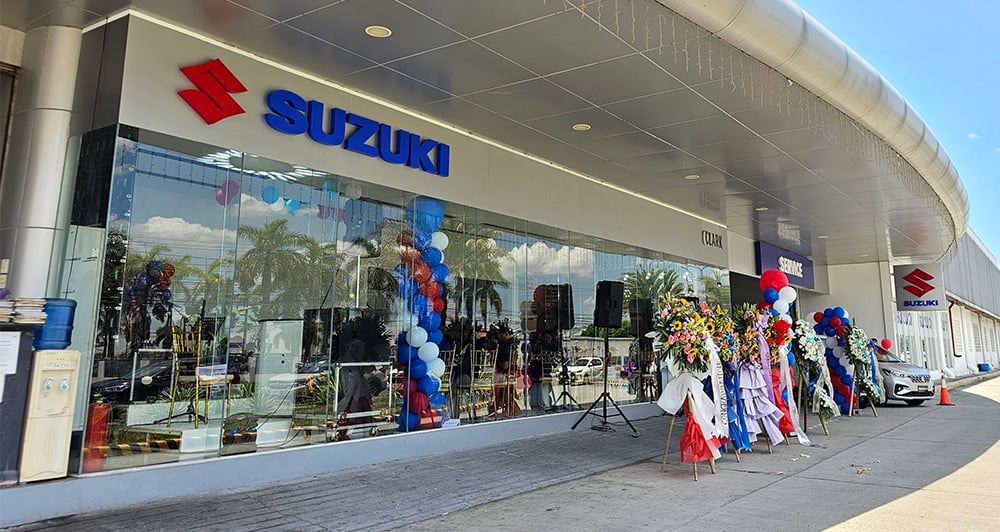

Comments